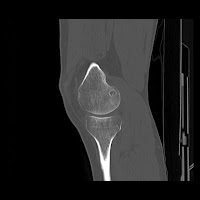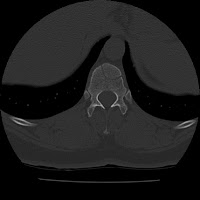All the rage of late in the medical business world is about retail medical clinics (or more aptly named, "convenience health clinics"). For Wall Street Journal readers, you know what I’m talking about. You may also know that the American Medical Association has declared war on these clinics. You may read their declaration here.
So far, customer satisfaction for this clinics has been high, around 97%. Its not surprise then, that this business model is taking off, with clinics popping up in Walgreen’s and Wal-Marts all over the country. It is obvious that the AMA’s opposition to these clinics is simply a turf battle and not legitimately about patient care quality. It reminds me of physician’s opposition to direct access to physical therapists, and the battle over referral for profit arrangements; both battles also fought under the guise of physician’s altruism.
The all-seeing Seth Godin, had a nice post a while back on "Stuck Systems." Here is a quote from that post:
"So, the marketer faces a challenge similar to the disruption challenge that most marketers face–how do you take a system filled with an inefficient, annoying, time-consuming, wasteful and yes, even stupid task and make it better in a way that serves all sides?
If it were me, I’d focus on being cheap and fast and viral. And the more you break the system, the better your upside."
Healthcare is a stuck system. I don’t think it can stay that way for long. In the end, consumer choice of convenient services will rule the day. It could be an incredibly ironic moment in the upcoming presidential election, where health policy is expected to play such a large role, that consumers have already chosen their "fix" for healthcare in the marketplace.
Physical Therapists must acknowledge they are part of a stuck system! Third-party payment, regulatory woes, and limited access characterize our jobs. The convenience model needs greater attention. We are continually growing the research evidence base to support this model for physical therapist practice. We might think about acting quickly, it could be embarrassing for a physical therapist to get beat in a race by a nurse practitioner!
Labels: health policy, physical therapy, public health





